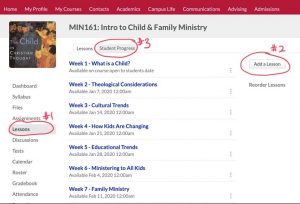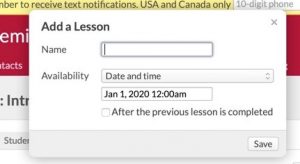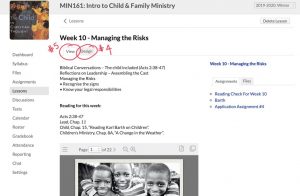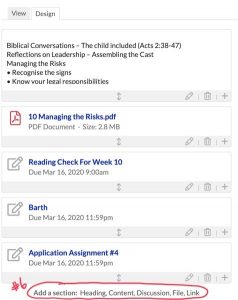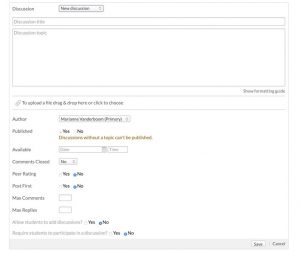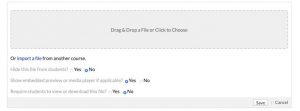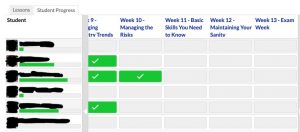
An Orientation Guide for Adjuncts and New Faculty
We are genuinely delighted that you have decided to join the team. You play an important role in helping us to fulfil our mission to provide an evangelical, faith-based, university-level education to equip men and women for life and service in the church, community, and the world. This brief welcome document aims to provide you with the information you need to begin your role at Heritage.
Timelines
Because our students register early for courses, our timelines to prepare for the next semester run early. As you prepare for the term, please be aware of these important events:
- Choosing course textbooks. You will receive an email quite early (generally in early February for Fall term courses, and in early October for Winter term courses). Please have your textbook selections done by this time so that texts can be ordered in time to stock them in the bookstore for the upcoming semester.
- Writing your syllabus. Syllabi are due six weeks before the term begins. Fall syllabi will be due in early August, and Winter syllabi will be due in late November or early December. You will receive an email to remind you of these dates, and an email with a link where your syllabi can be uploaded. Instructions on writing syllabi will be provided in the first email you receive.
- Setting up your course on myHeritage. At some point before the beginning of the term, you will be required to familiarise yourself with myHeritage and set up your gradebook there. There are guides you can work through here.
Finding Your Way Around
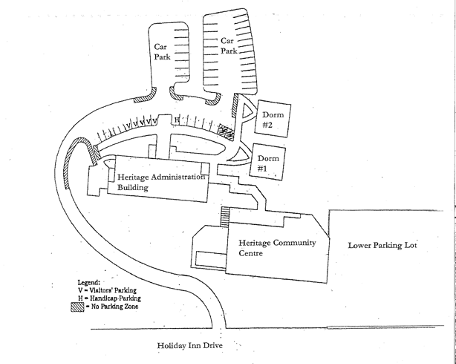
Heritage Campus 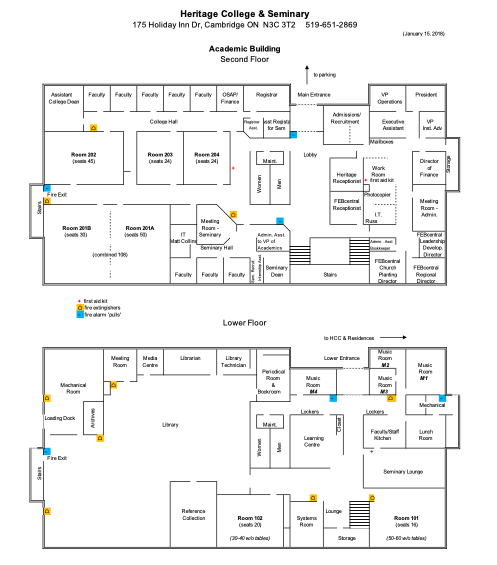
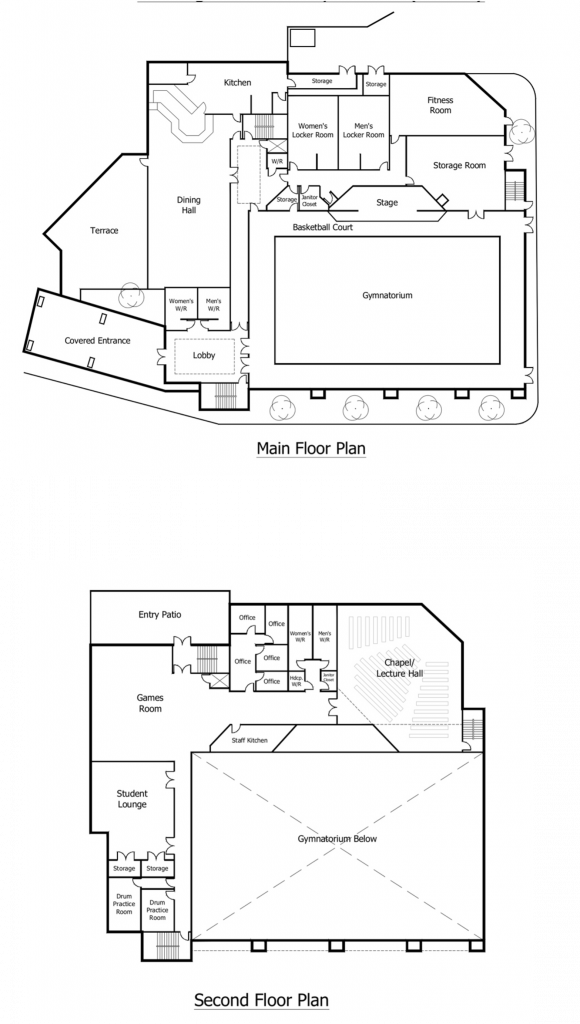
Parking is available at the top of the hill behind the Academic Building. Parking is free at Heritage.
The Academic Building contains classrooms, faculty offices, and the library. There is also a staff lunchroom with a fridge, stove, and microwave as well as coffee available to staff and faculty.
The Community Centre contains the chapel, the Bean (our on-site coffee shop) and the cafeteria. Hours at the Bean and the cafeteria are variable.
Numerous fast-food restaurants are within walking distance of campus, including a Tim Hortons and a Starbucks (in the Zehrs grocery store).
Photocopiers are in the main office and in the library in the academic building.
Faculty mailboxes are in the main office.
Classroom Setup
All on-campus Heritage classes are also live-streamed. Classrooms are equipped with a large-screen TV at the back of the room on which you will see your online students. Classrooms are also equipped with computers and projection units for any slides you may wish to use. You are free to use your own computer and to airplay your presentation to the classroom screens. A list of classroom equipment is regularly updated here.
Please ensure you arrive to class at least 15 minutes before class starts so you have time to connect. We will attempt to have IT personnel present the first few weeks to help you with this process. You can find further information on setting up a connected classroom by watching this video.
The classrooms are furnished with tables and chairs, which can be moved but must be put back at the end of class.
Classrooms also have a whiteboard and markers supplied.
Important Names If You Have Questions
- Assistant Dean: Currently Marianne Vanderboom. Questions regarding how to write syllabi, setting up myHeritage, classroom concerns, academic policies, or any question you don’t know where else to direct.
- Receptionist: Currently Carolyn Burgess. Questions regarding photocopying, parking, keys, and finding your way around campus.
- Registrar: Currently Sandi Brubacher. Questions regarding scheduling, attendance records, and final grades.
- Bookstore admin: Currently Cassie Talabis. Questions regarding textbooks.
- Administrative Assistant: Currently Lucille Baxter. Questions regarding uploading and editing syllabi, collection of CVs and transcripts.
- IT personnel:
- Currently Russ Shouldice. Questions regarding email set-up and myHeritage log-in.
- Currently Matt Collins. Questions regarding classroom set-up.
- HR: Currently Robin Antoine. Questions regarding contract.
- Finances: Currently Shawn Goble. Questions regarding payroll set-up.

